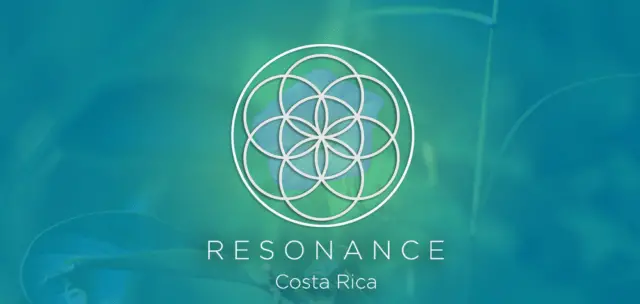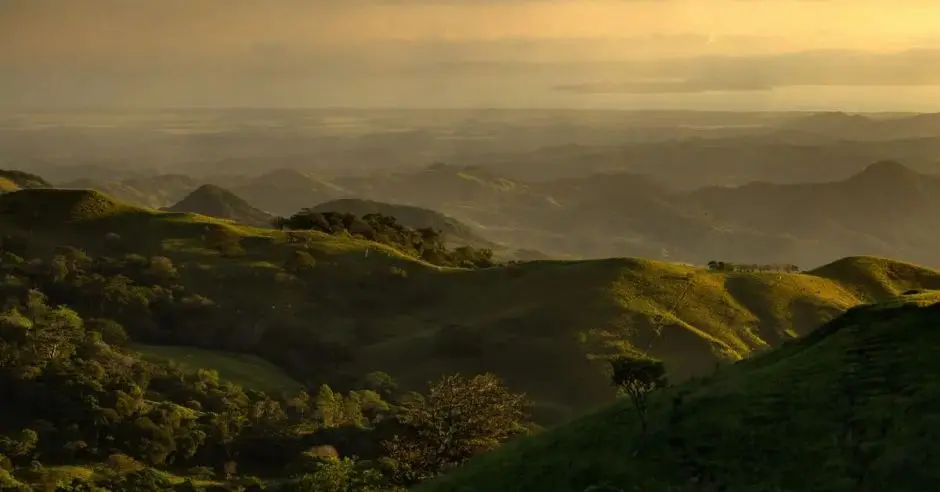Starting this past Tuesday, September 16, the lobby of Cartago City Hall will be converted into a small museum. The idea is to display some of the archaeological material recovered from the historical site identified south of the city. According to the local government, these are “valuable archaeological pieces found at the Agua Caliente Archaeological Center.” The figures are around a thousand years old.
Agua Caliente Exhibition
The Treasure of Agua Caliente
Although when you hear “archaeological monument,” many people immediately think of Guayabo or Las Mercedes, Cartago may have other equally important remains nearby.
An example of this is what is happening in the southeast part of the province. Today, the area combines residential areas, housing projects, and some businesses, but, even in pre-Columbian times, the region was a key location for the population of the Central Valley.
This has been demonstrated by decades of scientific research at the site, which continues to amaze. This is Aguacaliente, a vital center for the indigenous communities that inhabited what is now Cartago.
What does Agua Caliente represent?
Decree 44819-C has declared the “Agua Caliente Archaeological Monument” an Archaeological Park, due to the niche it represents within the foundation of the Guarco Valley. The region, the text notes, included large and medium-sized villages, which combined the exploitation of forests and mountains with crops, primarily corn.
Agua Caliente was the largest of these settlements. According to Grettel Mongel, from the Department of Anthropology and History, the location coincides with what are now the Cocorí, San Francisco, and Hacienda de Oro neighborhoods. With more recent development and climatic conditions, the remains are coming to light.
“Agua Caliente was a place for both the living and the dead. Not only did the sociopolitical center flourish, linked to the Cacicazgo del Guarco, but it also stood out as a ceremonial center and a kind of sanctuary for eternal rest,” explains an audiovisual presentation about the area.
Tombs reveal secrets
The expert adds that, thanks to the tombs, we have been able to better understand the inhabitants of Agua Caliente. “Many bones show signs of infection and inflammation. Tartar and cavities were very common, due to the dietary patterns based on corn, tubers, and fruits, such as sapote and nance,” she explains. Among the meats, evidence of white-tailed deer, peccaries, and wild boar has been found.
The burials have also allowed for the preservation of stone and ceramic objects, some of which even coincide with the cultures that settled in Guanacaste at that time. Studies have estimated that the inhabitants had a life expectancy of about 44 years.
Agua Caliente Site
Although not the entire area is exposed, the stone remains allow us to gauge the magnitude of Agua Caliente as an indigenous settlement.
Public works from hundreds of years ago
Luis Sánchez, from the same department of the National Museum, explains what urban planning was like in the area. “The village had a central sector whose relief shows at least ten earth mounds of various shapes and sizes, rising up to two meters in height,” he explains.
“On several of these foundations, palenque-type building structures rose, made of wood, cane, and palm fronds,” the expert explains. He also explains that these structures were used as homes for the ruling class and even housed religious spaces.
Plazas and causeways have also been built in the surrounding area
Sánchez reiterates that Agua Caliente has historical importance not only for the pre-Columbian period. At the end of the 19th century, he explains, these lands were used as a hacienda, and a spa was even built to take advantage of the thermal potential.
“Without a doubt, the Agua Caliente Archaeological Monument represents a national landmark, both for its large collection of artifacts and bone remains, and for its intact sections of what was the pre-Columbian settlement,” he explains.

– Advertisement –
Source link
TCRN STAFF



